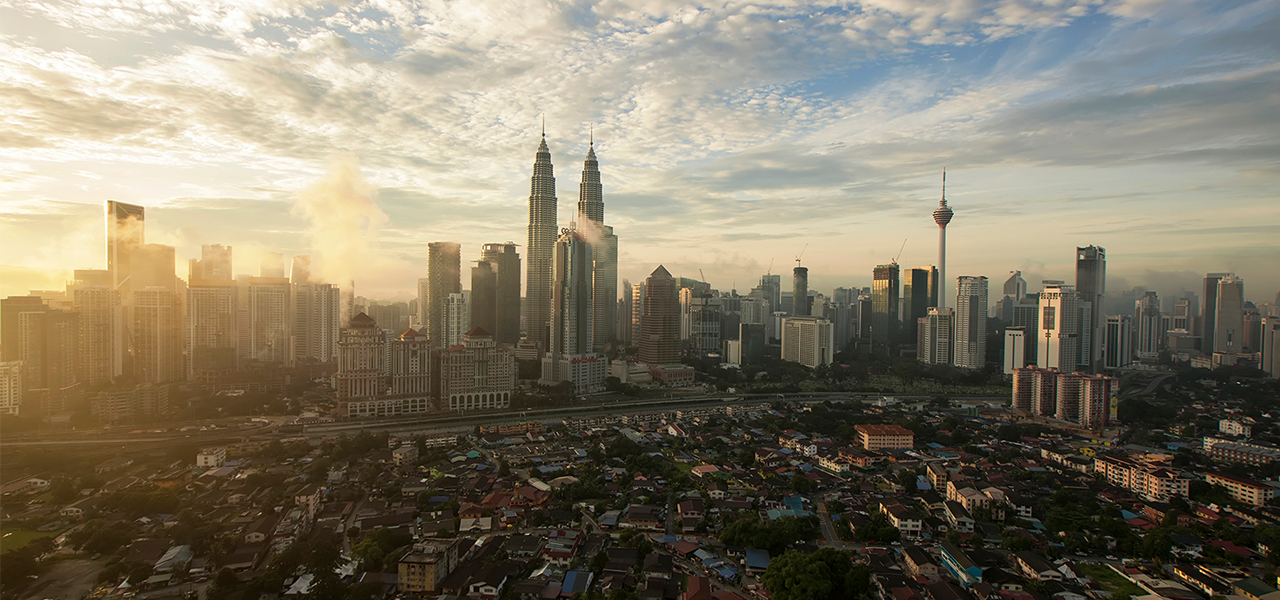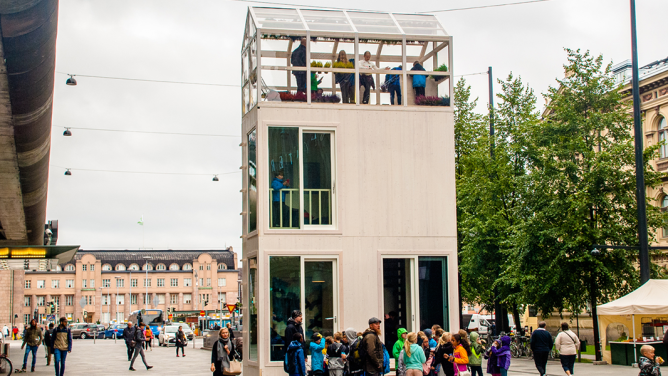 On February 13th, the 164 countries who participated in the ninth session of the World Urban Forum (WUF) signed the Cities 2030 declaration, aiming to mark an operational step towards “sustainable cities”. By gathering together international backers and civil society actors, the WUF was particularly looking to bring the UN’s new urban agenda to life with a rather urbanist approach.
On February 13th, the 164 countries who participated in the ninth session of the World Urban Forum (WUF) signed the Cities 2030 declaration, aiming to mark an operational step towards “sustainable cities”. By gathering together international backers and civil society actors, the WUF was particularly looking to bring the UN’s new urban agenda to life with a rather urbanist approach.
Hosting the event was Kuala Lumpur, a city that’s essentially shaped on urbanism and construction, providing the perfect example of a “sustainability challenge”. The Malaysian capital is looking to answer a dual problem: a high population density and excessive real estate prices in the city center. A ghost town come nightfall, commuters leave the city, creating traffic congestion, an increase in pollution and a population who hold little affection for the decaying urbanscape. To revitalize the city center’s housing and make it more affordable, the planned solution entails mobilizing under-used urban spaces, old commercial buildings and even car park spaces, to create small plots for accommodation. Basically, we’re talking about micro-housing. Aiming to create a village ambiance (or kampung, a feature important to Malaysian culture) amongst the skyscrapers, two prototypes of these purposely-slim homes were on show during the WUF. The designers behind the concept, that can be easily assembled and dissembled “like Lego pieces”, are even going to sleep in these “micro homes” themselves to road test them.
It’s a rather “interesting” concept, pokes one Malaysian magazine who points out that, due to their modularity, Kuala Lumpur’s micro-houses appear to be too expensive to be developed, even if costs could be reduced through wide-scale production. It’s just that prefab technologies appear to have reached maturity at the same time. First of all, from an industrial point of view, there’s the digitalization of (pre)fabrication techniques, robotics, lean manufacturing and modeling software that allow for pre-assembled parts delivered on site to be slotted into place. Then there’s the commercial maturity too… demand for modular housing is increasing throughout the world, up to the point that it’s going to “add to the revenue stream” of traditional builders.
From Kuala Lumpur to Toronto (where Google is leading its Quayside project for dynamic modular architecture) and beyond, such urban visions and experiments are certainly designed to envisage a desirable future, to land investment and position themselves as leaders of the market, or so The Atlantic recently expressed in their analysis. However, with modular building and construction software platforms, it announces the end of a linear approach to cities, one where engineers only intervene at the end of the chain. That’s in any case the view of digital construction players. Hand in hand with urbanism, does it really hold the key to a sustainable city? See you in 2020 in Dubai, at WUF 10 to find out!


